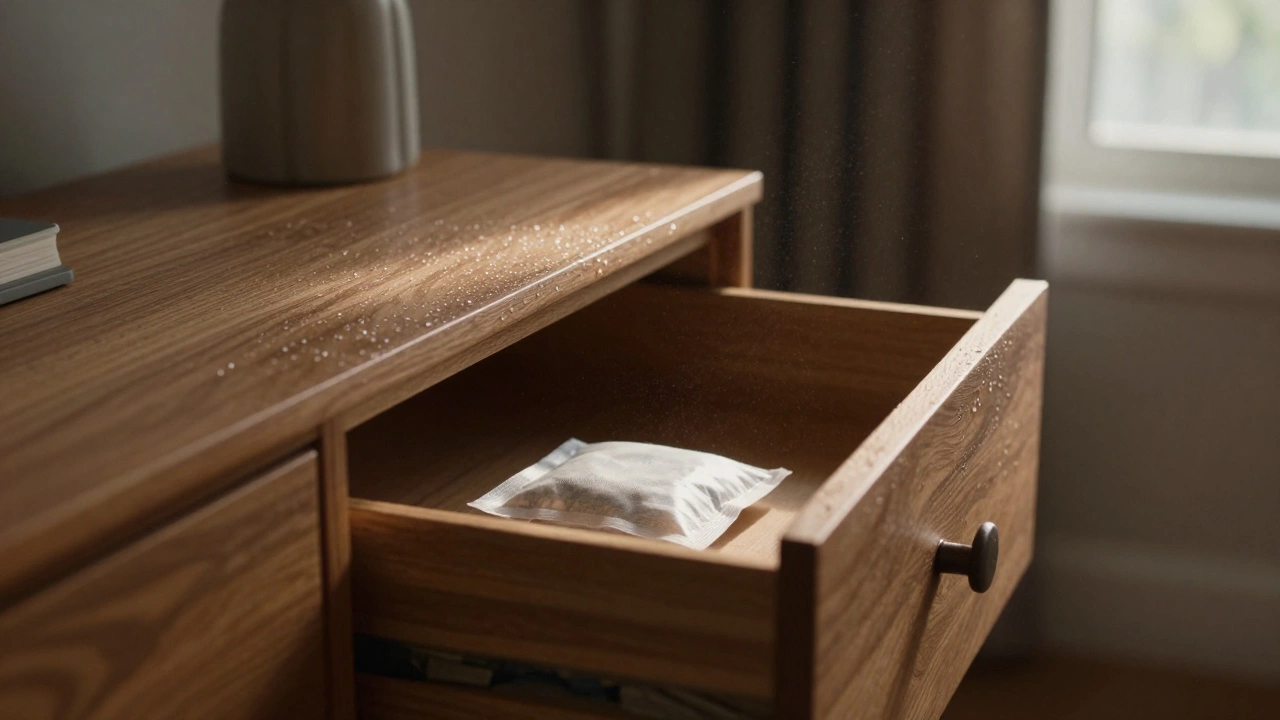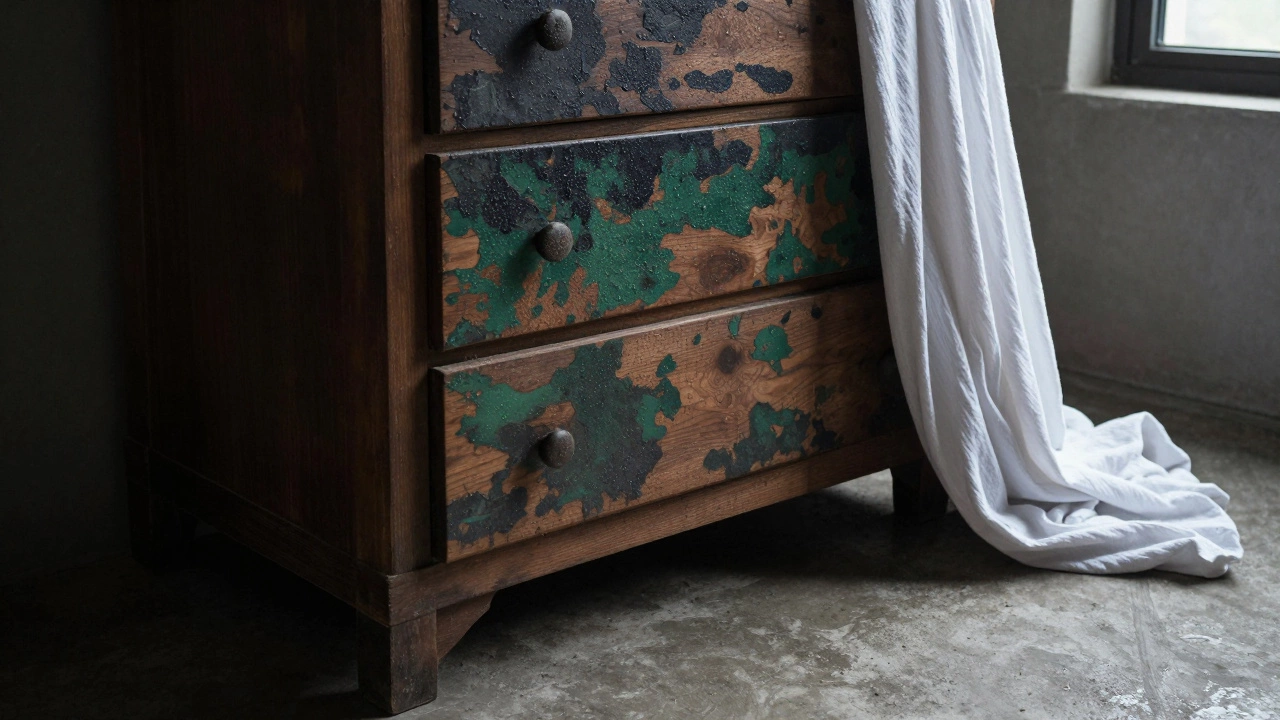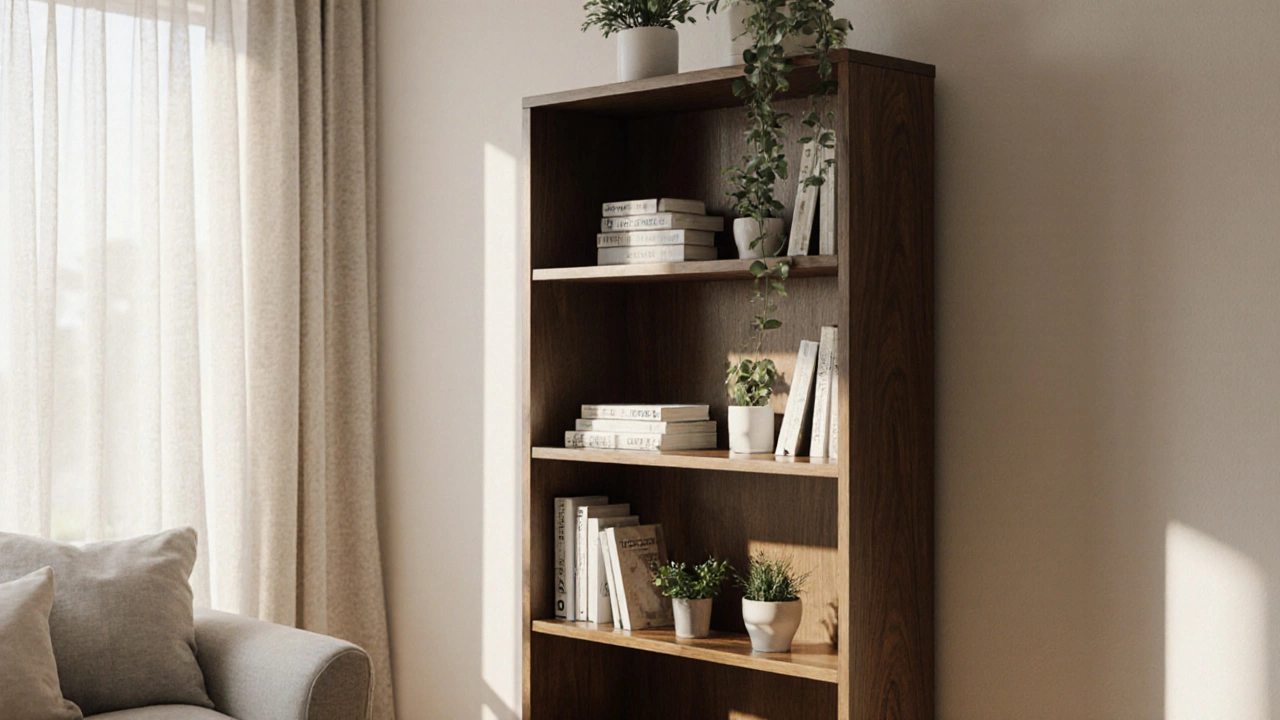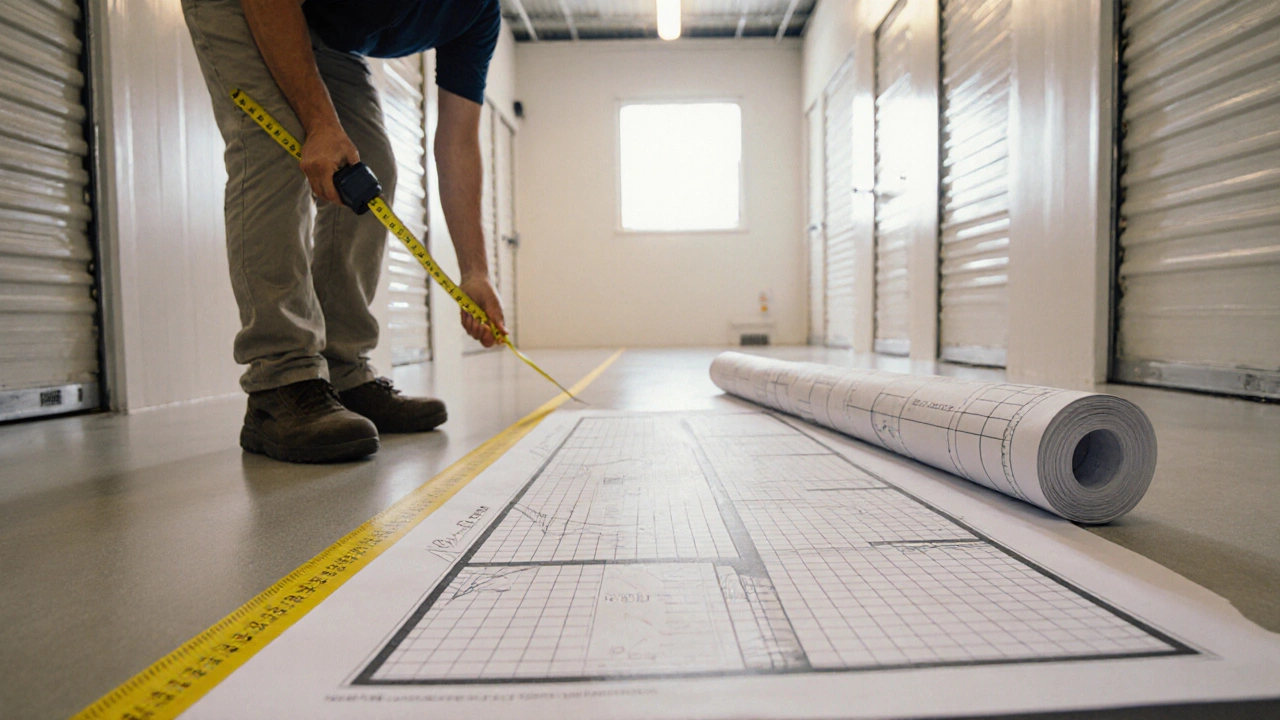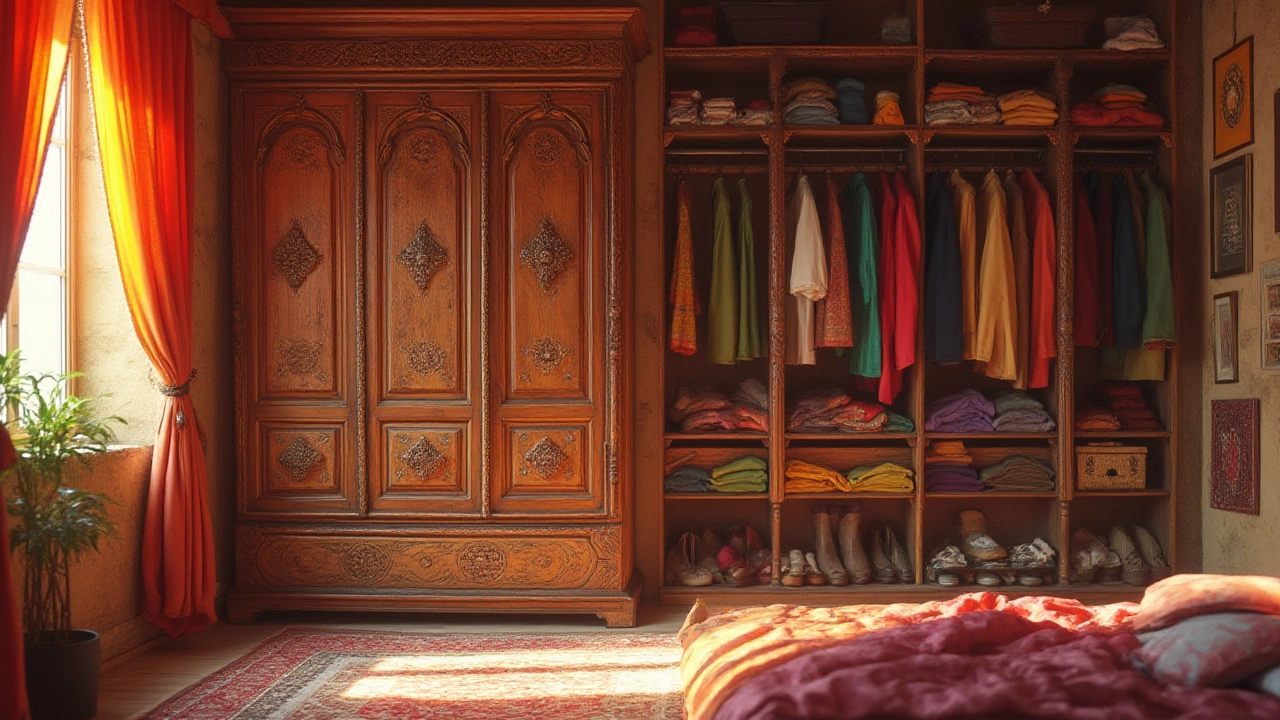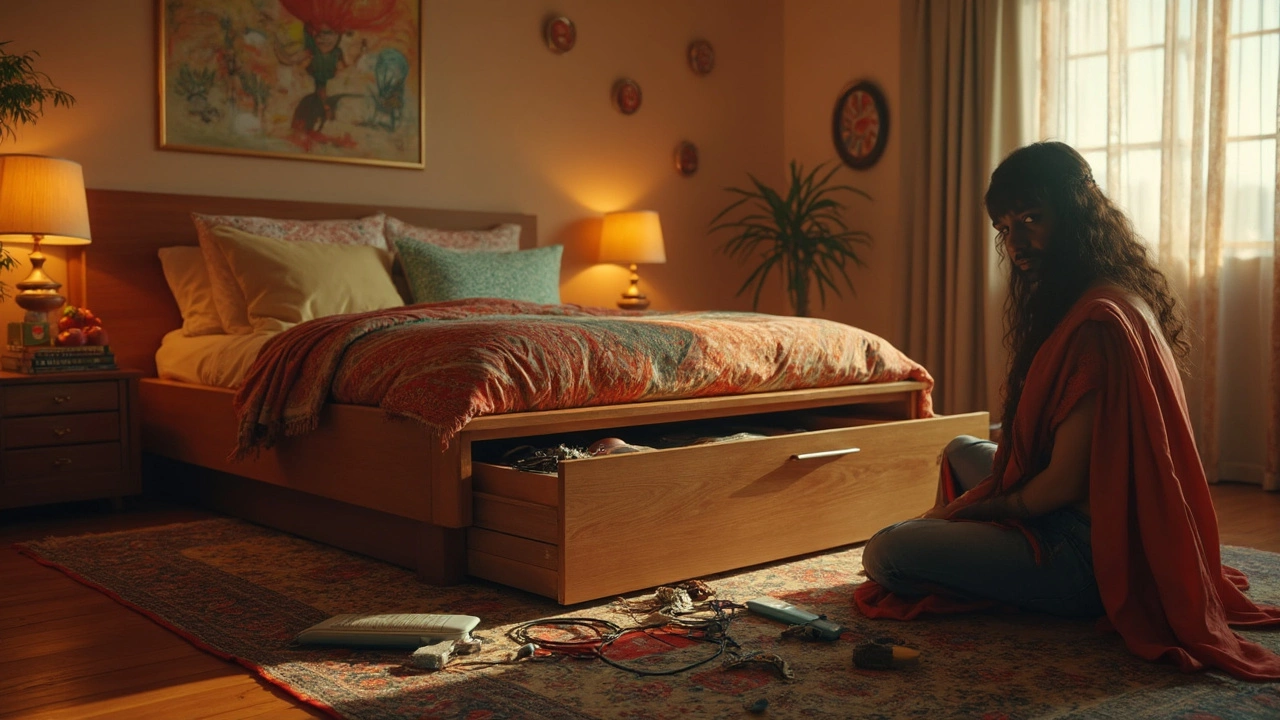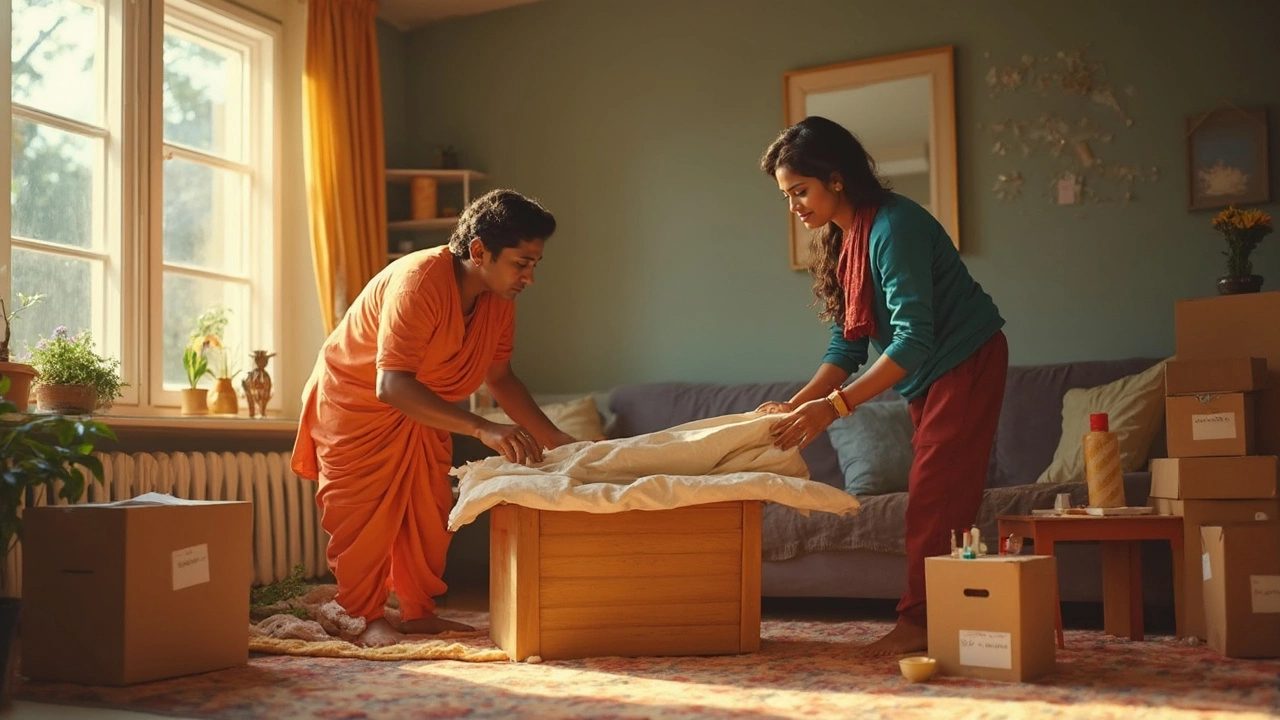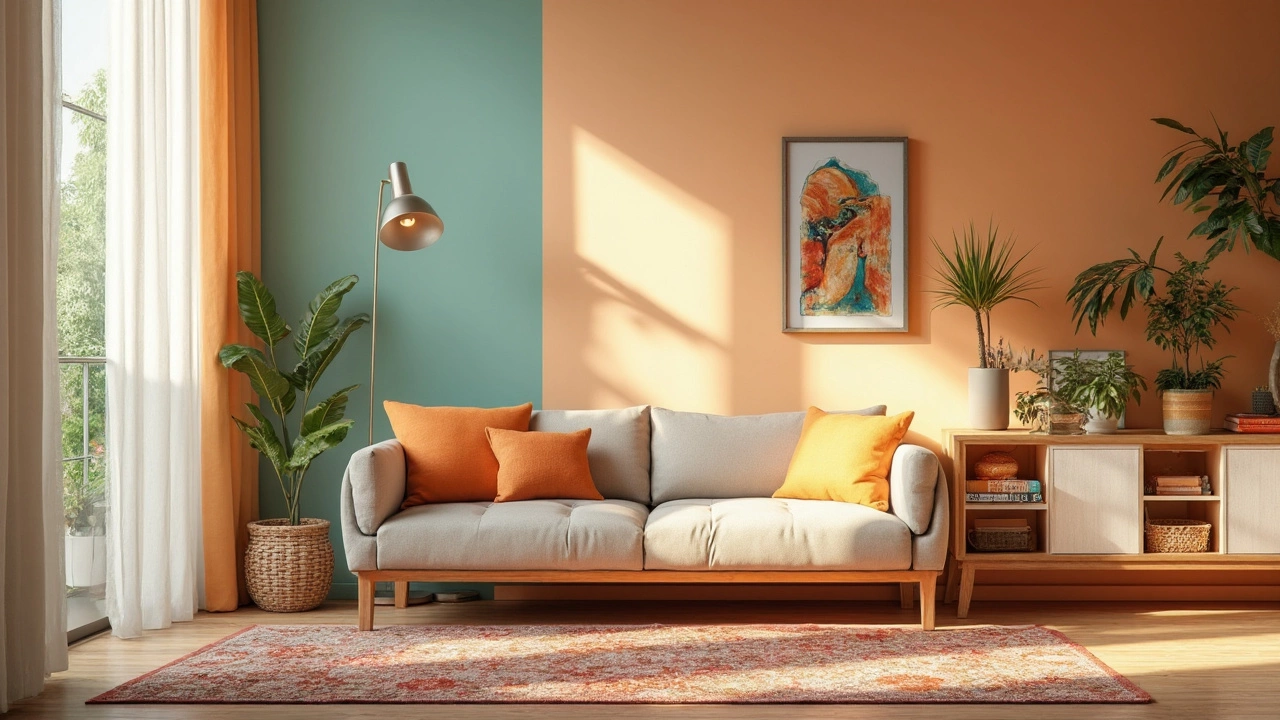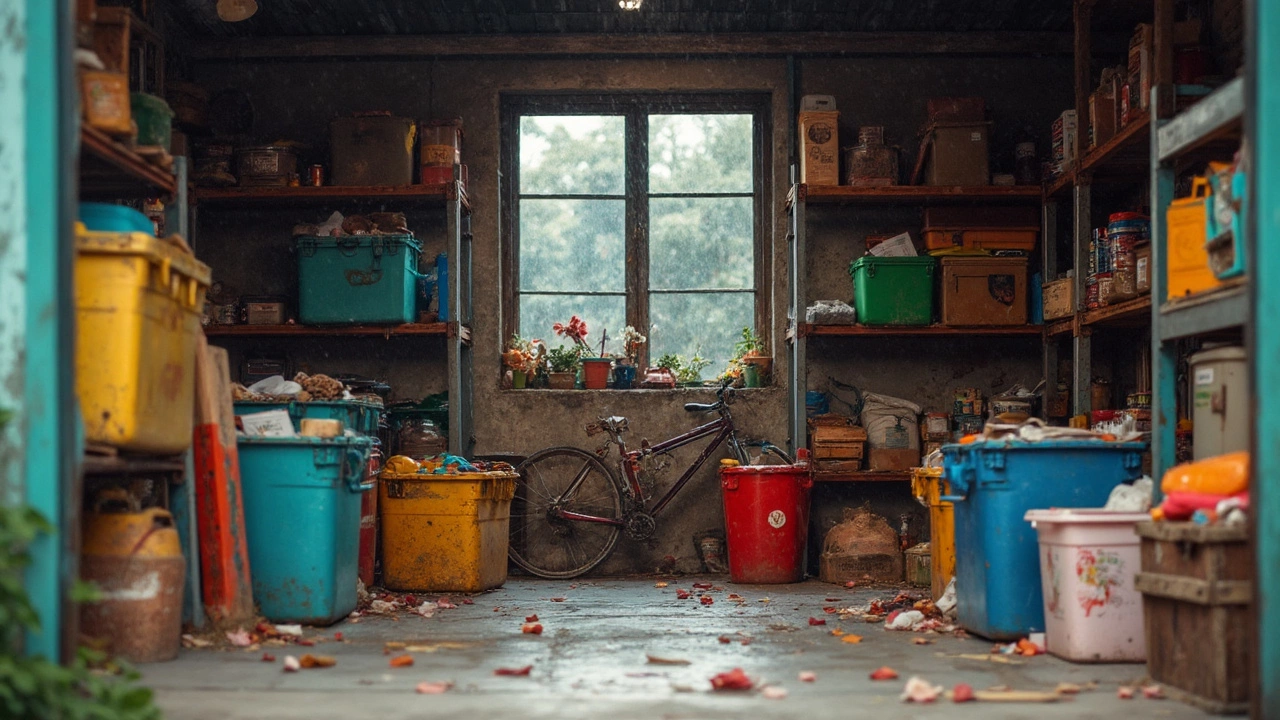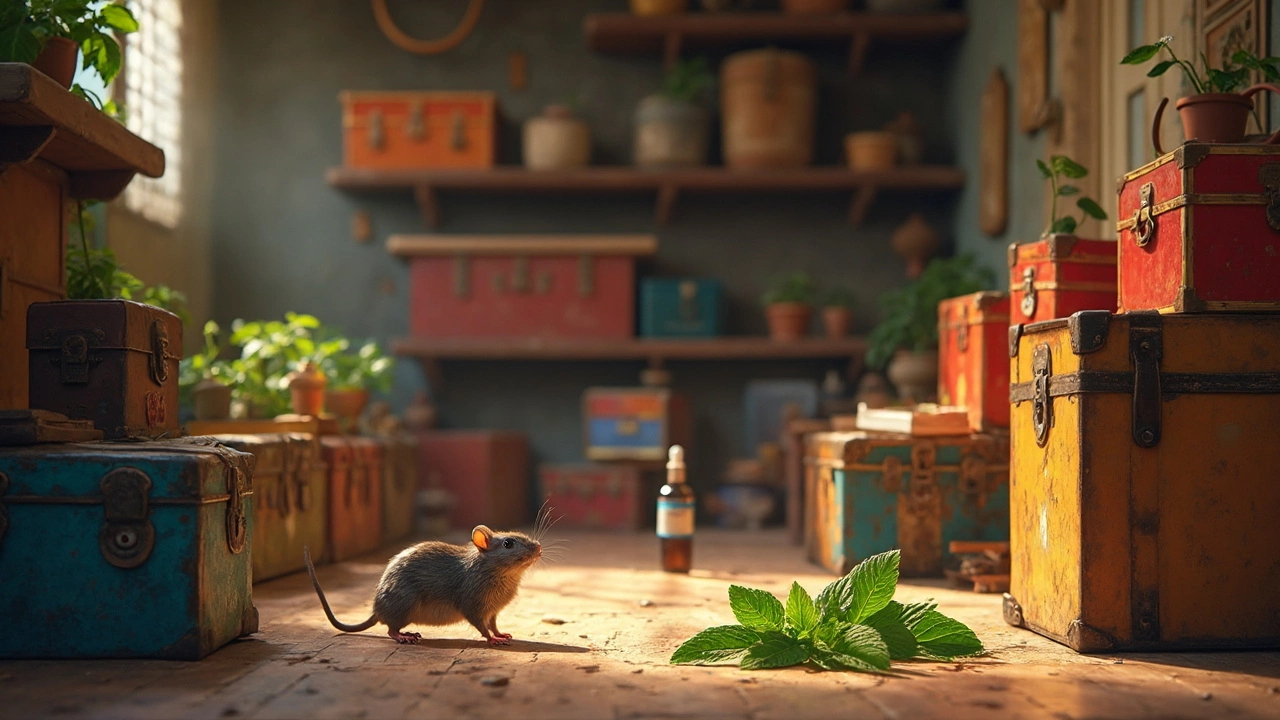Storage Furniture: Smart Ways to Keep Your Pieces Safe and Ready
Got a couch you need to tuck away for a few months? Or a set of dining chairs waiting for a move? Storing furniture isn’t hard, but it does need a plan. Below are the basics you can start using right now to protect your pieces and avoid nasty surprises.
Common Risks When Furniture Goes Into Storage
First, moisture is the biggest enemy. A damp basement or a humid garage can cause wood to warp, fabric to mold, and metal legs to rust. Even if the unit looks dry, hidden moisture can seep in through cracks.
Pests love hidden spaces. Bed bugs, silverfish, and even termites can set up shop inside a sofa cushion or a wooden table if you leave it uncovered. That’s why many of our readers ask, "Can bed bugs live in wicker furniture?" The answer is yes—gaps are perfect hideouts.
Weight and pressure matter, too. Stacking a heavy mattress on top of a delicate coffee table can crush legs or warp the surface. And squeezing a large sectional into a tight corner can bend frames, leading to sagging later on.
Easy Strategies to Protect Your Items
Start by cleaning everything thoroughly. Dust, spills, and pet hair attract insects and mold. A quick vacuum and a wipe‑down with a mild cleaner go a long way.
Wrap each piece in breathable covers. Stretch‑wrap works for wood, but for fabric sofas use cotton sheets or garment bags. Avoid plastic that traps moisture; instead, add a layer of silica gel packets or a dehumidifier in the unit.
Disassemble what you can. Take off legs, cushions, and tabletop extensions. Smaller parts are easier to wrap, and they prevent stress on joints while the furniture sits idle.Use padding between items. Cardboard sheets, moving blankets, or even foam mattress protectors create a buffer that keeps scratches and dents at bay.
Label the boxes and keep an inventory. Write down the dimensions of each item and its location inside the unit. This makes it fast to find that daybed couch when you need it again.
Watch the humidity. If you store in a climate‑controlled unit, set the humidity to 45‑55%. For non‑climate units, place moisture absorbers and check them regularly.
Think about space. A 10x10 storage unit can hold a standard three‑seater couch if you stand it on its end and use the vertical space wisely. Measure first, then plan the layout—just like you’d do for a room redesign.
Protect against pests by placing cedar sachets or natural essential oil sprays around the storage area. They’re a simple, chemical‑free way to keep bugs at bay.
Finally, schedule a quick check every few weeks. Open the unit, look for signs of water, odd smells, or insect activity. Early detection saves money and effort later.
By following these steps, you’ll keep your sofas, coffee tables and other pieces in great shape, whether they sit for a season or a year. Store smart, live easy.
How to Stop Mold from Growing on Furniture: Simple Steps for Storage Pieces
Learn how to stop mold from growing on storage furniture with simple, practical steps that work in humid climates. Prevent damage and health risks with humidity control, airflow, and natural cleaners.
Does Furniture Go Mouldy in Storage? What You Need to Know
Furniture can grow mould in storage if exposed to moisture and poor ventilation. Learn how to prevent it, spot early signs, and clean it safely before it damages your pieces.
Who Competes with HomeGoods? Top Alternatives for Affordable Home Decor and Storage
Looking for alternatives to HomeGoods for affordable bookcases and storage? Discover Target, IKEA, Wayfair, At Home, Costco, and Amazon-each with unique pros, prices, and styles for budget-savvy shoppers.
5x10 Storage Room Layout Ideas & Design Tips
Learn how to visualize, plan, and furnish a 5x10 storage room. Get layout ideas, furniture options, vertical storage tricks, lighting tips, and budget hacks.
Wardrobes vs Closets: What's the Difference and Which Is Right for Your Home?
Are wardrobes considered closets? Learn the real differences, history, and how to choose the right storage for your space. Get practical tips for home organization.
Why Are Wardrobes So Expensive? The Real Reasons Behind High Wardrobe Prices
Ever wonder why wardrobes are so expensive? Learn what drives up the price of wardrobes, from craftsmanship and materials to hidden costs you never thought about.
Storage Bed Mistakes: What Not to Store for a Trouble-Free Bedroom
Storing the wrong items under your storage bed can turn a simple organizing solution into a health hazard or make things harder to find. This article digs into specific things you should keep far away from bed storage—like perishables, sensitive electronics, and valuables—so you protect your belongings and your peace of mind. You'll get practical tips, easy-to-follow advice, and real-life examples. Learn the smart way to use all that extra space without regrets. Stay organized and avoid common slip-ups that people often overlook.
How to Protect Furniture from Mold in Storage
Mold loves dark and damp places—storage units are pretty much its favorite hangout. Protecting your furniture from mold isn’t just about saving money, it’s about keeping your stuff safe for the long haul. This guide breaks down what actually causes mold, quick steps to prep your furniture, the best ways to store it, and what to do if mold starts to show up. Stay ahead of mold with these simple tips and tricks, without any complicated jargon or expensive gear.
Why You Shouldn't Put Your Couch Against the Wall: Smarter Storage Moves
Ever wonder if pushing your couch against the wall is the best move? This article uncovers how pulling your sofa forward can create better flow, improve storage potential, and even make your room feel bigger. You'll get tips for arranging your living room furniture and discover storage hacks nobody ever tells you about. Think beyond the wall and create a truly welcoming space. Let's flip the script on the couch wall tradition.
Do Storage Containers Get Moldy? Everything You Need to Know
Storage containers—plastic, metal, or wood—can get moldy if moisture sneaks in. This article breaks down why mold happens in storage containers, how to spot early warning signs, and practical steps to keep your stuff safe. You'll also find out which container types handle moisture best and what to do if mold does show up. Get straightforward tips to avoid a musty mess and keep your space fresh. Say goodbye to moldy surprises hiding in your closet or garage.
Plastic on Couches: Why People Really Do It
People have been keeping plastic on their couches for decades, but what's the real reason? This article digs into practical explanations, from keeping furniture clean to cultural habits. You'll find out if plastic covers actually work, the pros and cons, and whether it's worth the trouble. Plus, get some tips on modern ways to protect your sofa without going old-school. Discover if plastic really keeps your couch looking new and when it might be time to ditch the wrap.
What Do Mice Do When They Smell Peppermint Oil? Storage Furniture Tips That Actually Work
Curious about keeping mice away from your storage furniture? Peppermint oil is known for its strong scent, but how do mice really react to it? Get the real scoop on how this oil works, why mice avoid it, and the best way to use it for protecting your storage spaces. Find smart, easy tips to put this into practice without fancy equipment. This article dives into what actually happens when mice catch a whiff of peppermint oil.
